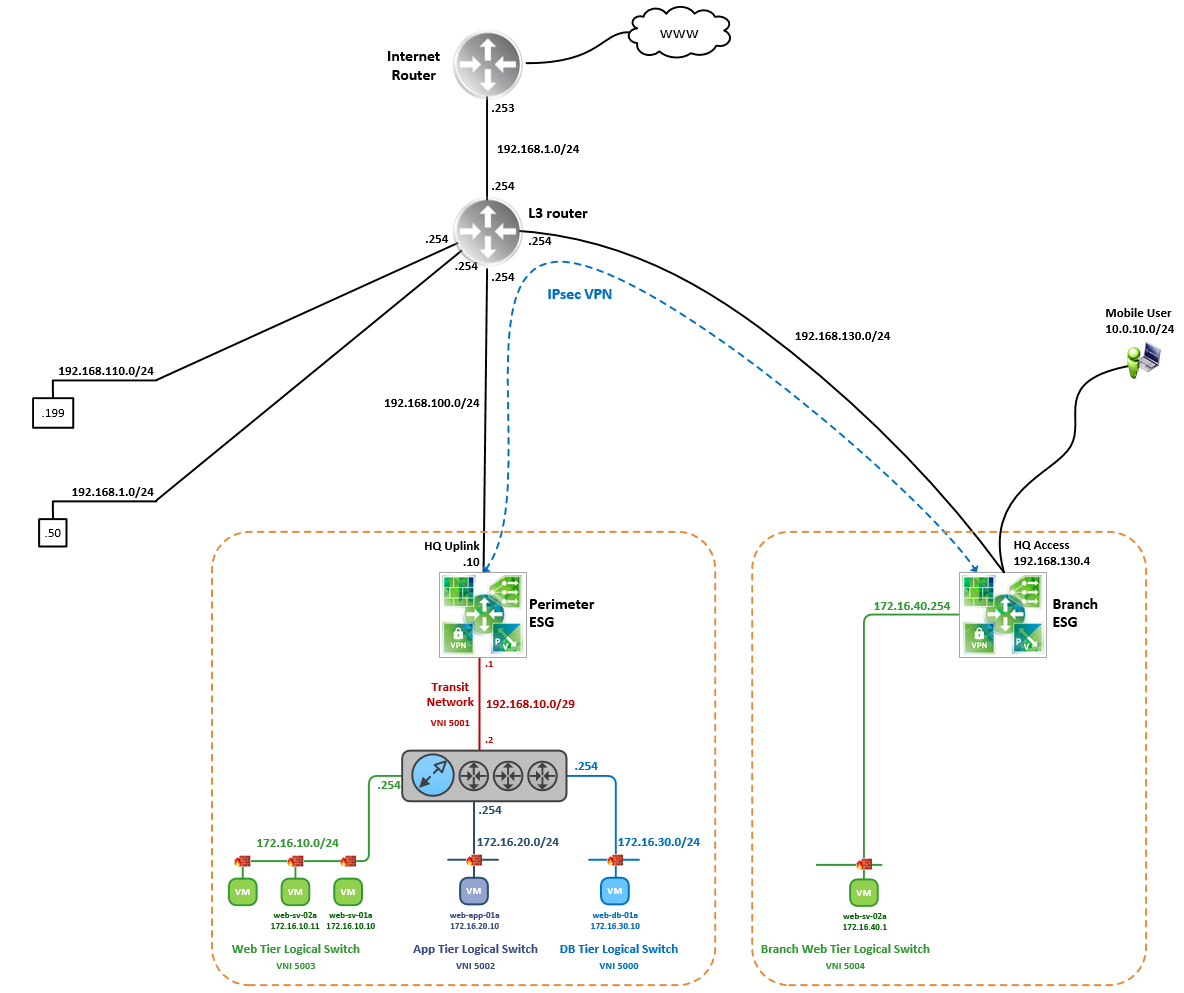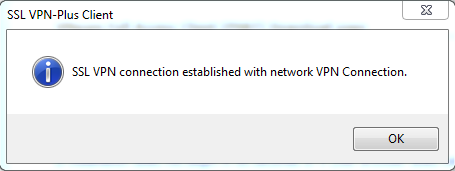
Traffic for the remaining ports for that specific network will not be optimized. When optimization is enabled, specify the port numbers for which traffic should be optimized. TCP Optimization eliminates this TCP-over-TCP problem, ensuring optimal performance. In essence, two TCP instruments are correcting a single packet of IP data, undermining network throughput and causing connection timeouts. When packet loss occurs (which happens even under optimal internet conditions), a performance degradation effect called TCP-over-TCP meltdown occurs. This results in application layer data being encapsulated twice in two separate TCP streams.

From the NSX Admin Guide:Ĭonventional full-access SSL VPNs tunnel sends TCP/IP data in a second TCP/IP stack forĮncryption over the internet. If you select Send Traffic Over Tunnel, select Enable TCP Optimization. The Send Traffic Over Tunnel options, specifies whether you want to send private network and internet traffic over the VPN tunnel or to bypass the tunnel and sent traffic directly to the private server/network. Now we want to add the private networks that we want the remote users to access. Under IP Pools click the green +.Įnter in the needed information. A IP Pool is a range of virtual IP addresses that are assigned to remote users with they connect to the VPN. Navigate to Networking & Security > NSX Edges > Double click the NSX edge > Manage > SSL VPN-Plus > Server Settings. To configure network access SSL VPN-Plus: The SSL VPN requires that port 443 is accessible from the external networks and the SSL VPN client requires the NSX edge IP and port 443 to be reachable from the client system. After the install, the user is able to access the assigned private networks. In network access mode, a remote user installs a client on their machine. Below is a diagram taken from the NSX Admin Guide of the clients connect to the private network and also the support operating systems for the SSL VPN client: Since this is a SSL VPN, a user can access the private networks by use of a web browser or a client that is installed on the local machine. A user can then access applications and servers on the private network. Here I’m initiating the VPN client from client 192.168.110.10 that can’t reach 172.16.40.10/24Īnd here we can see the route 172.16.40.0 installed and ping being successful.With SSL VPN-Plus, you can connect to private networks behind a NSX edge gateway.
VPN PLUS SSL DOWNLOAD
From here you proceed with logging in and download the client. You can customise some elements of the web portal (title, logos) by going to Portal CustomizationĪnd this is what it looks like.
VPN PLUS SSL INSTALL
I’ve decided to install the client silently so it won’t ask any question to the user. Once that’s done we need to create an installation package for the thick client. All the private networks you add here (and enabled) will effectively be installed in the routing table of the client with a metric = 1 This network is segregated from any existing subnet in your NSX environment, does not need to be configured on other devices on the physical networks with the exception of routes that point to it.Įnable the SSL VPN-Plus service from the Dashboard ( Dashboard > Enable)Īdd the Private Network that you want to “expose” via the VPN. The pool of IP addresses will be released to the VPN clients with once they authenticate and connect to the network.
VPN PLUS SSL PASSWORD
The search base is effectively the OU DN (Distinguished Name) in my case OU=Cloud_Lab,DC=cloudlab,DC=localīind DN is the DN of the user you use to login to AD, in my case called labadmin (CLOUDLAB\labadmin) and its DN is CN=Lab Admin,OU=Cloud_Lab,DC=cloudlab,DC=localīind password is the password for Bind DN

My AD Organisational Unit (OU) where I’m storing all the Groups and Users is called Cloud_Lab I’m using AD authentication as I’m not a big fan of creating local users. I’m using 192.168.130.4 as primary IPv4 listener and I’ve changed the cipher to AES256-SHA On the Branch ESG, Manage > SSL VPN-Plus > Server Settings > Change The objective to achieve is to be able to connect to web-sv-02a (172.16.40.1) from outside, here represented by the mobile user in the subnet 10.0.10.0/24 who will VPN in.

VPN PLUS SSL FULL


 0 kommentar(er)
0 kommentar(er)
